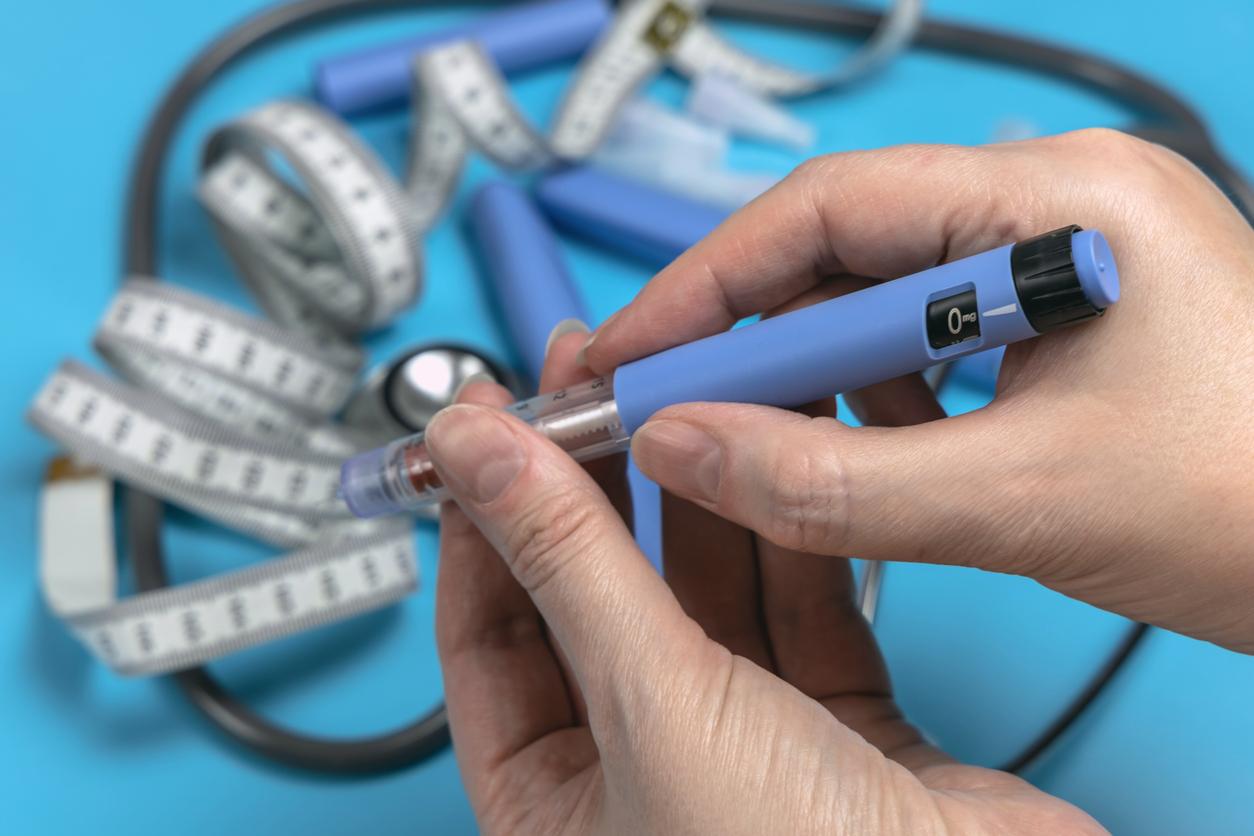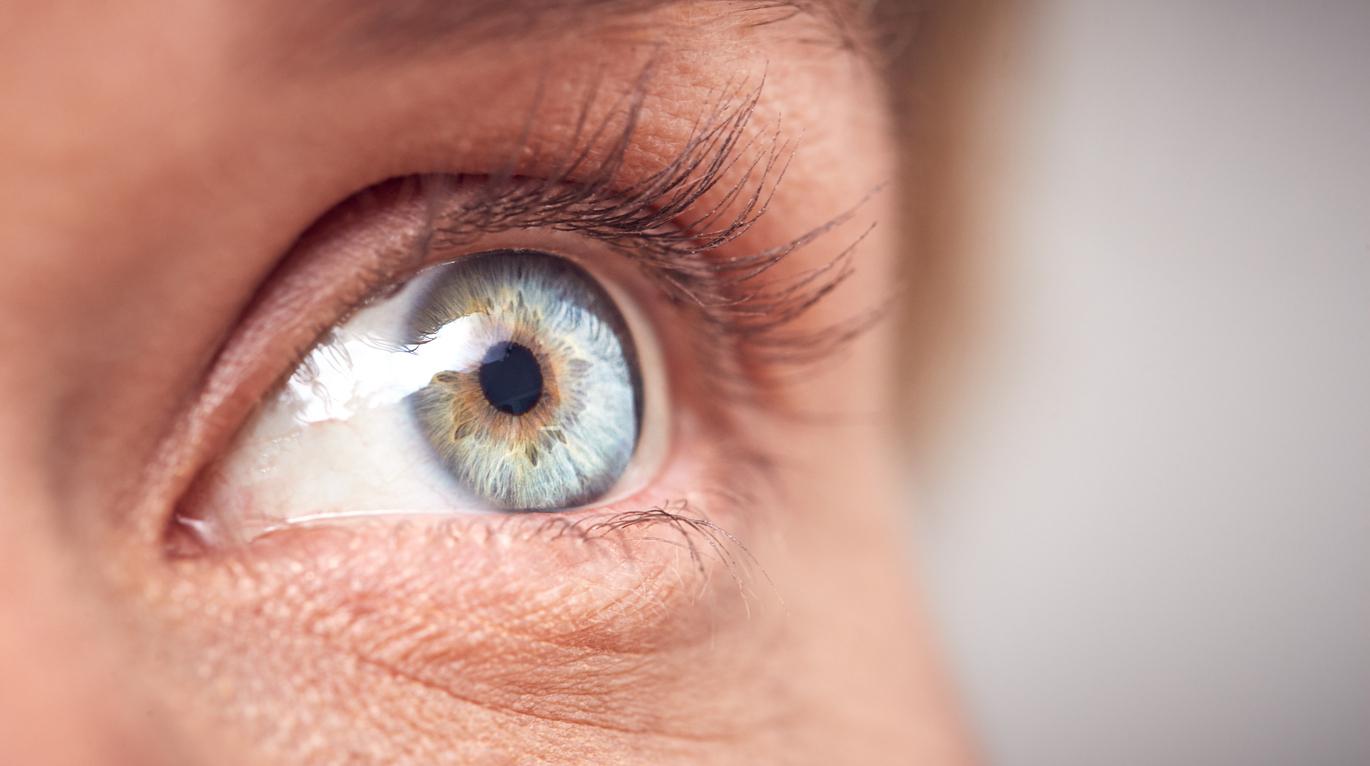Suffering from presbyopia, an American forty-something has created glasses with autofocus. This smart pair works with liquid lenses that change focal lengths.

Twenty million people in France are affected by presbyopia, this inevitable decline in vision with age. At this rate, there are 700,000 new presbyopes every year in France.
A vision disorder disabling in everyday life because it makes it difficult to “focus” the vision to read, or to do near work. For these people, there is only one pair of glasses left to take off and put back on constantly, depending on whether they are looking from a distance or up close. Very often, the case is settled with a pair to read and another to drive for example.
A constraint that could soon become part of the past since Carlos Mastrangelo, professor of electrical and computer engineering at the University of Utah (United States), claims to have developed the first smart glasses.
Liquid lenses
Presented on the occasion of the last Consumer Electronics Show (CES), which took place in Las Vegas (Nevada) from January 5 to 8, 2017, these glasses are able to focus in real time on the object that is being looked at. They use lenses made from glycerin, a transparent liquid enclosed in flexible membranes. An infrared sensor located on the bridge – the central branch – also makes it possible to calculate the distance between glasses and objects. Depending on the distance, the sensor acts on “triggers” capable of giving a new curve to the lenses which determines its focal length.
The glasses invented by Carlos Mastrangelo therefore act like the lens of the eye which usually hardens over the years, and causes presbyopia. Project associate Nazmul Hasan said the current prototype can change focus from one object to another in less than 14 milliseconds. And the developed rechargeable battery lasts for 24 hours.
A price between 500 and 1000 $
“Our smart autofocus glasses can compensate for the eye’s loss of focus so that most aging people with reduced eyesight using these frames can see sharp images all the time,” Carlos Mastrangelo told the site. American The Verge. The latter, however, recalls that the user must first connect them to a smartphone via Bluetooth. He thus enters the information from his prescription so that it can be taken into account by the actuator. Unlike in the past, it will be enough to change settings on a screen, rather than changing pairs of glasses.
At present, the first model is quite massive, but these American engineers confide that they are already working on a new, lighter model which will integrate an eye tracking device, a camera for depth and a more powerful battery to power these new elements.
Carlos Mastrangelo predicts a price between $ 500 and $ 1,000, and a release within two to three years. A company called Sharpeyes has even already been founded for this marketing. In the meantime, you can find the recent publication of its designers in the scientific journal dedicated to optics The Optical Society.
.
















